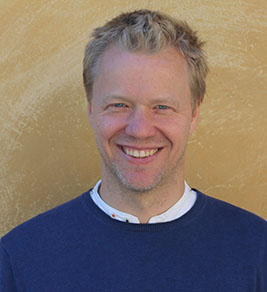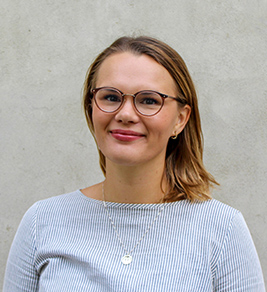We are proud to present the Nordic urban-rural typology and a new report with it!
This new grid-based Nordic urban-rural typology offers a versatile tool for enhancing spatial planning, policy development and research. Join us as we present how to use it to understand territorial differences, settlement, and population development patterns across the urban-rural continuum.
Improved results and analysis on Nordic level
The typology uses 1×1 km grid data to categorise territories in the Nordic countries, by urban and rural characteristics. It identifies seven types of areas: ranging from densely populated urban centres, to sparsely populated rural areas. By using this typology as an analytical framework, we have studied demographic trends across the Nordic region and conducted localised analysis, presented in the report that will be launched during the event.
Thanks to the statistical data – available on a very detailed level – the urban-rural typology serves as an analytical tool, giving you the possibility to compare population trends and settlement patterns between different types of areas and countries, offering a more detailed spatial analysis than ever.
On 19 March, we invite you to a webinar where we will go into depth on why and how we developed this grid-based Nordic territorial typology and then used this typology to conduct comparative analysis across the Nordic countries.
The webinar will cover:
- How this new grid-based Nordic urban–rural typology was developed
- How you can use it for studying how people live and move in the five Nordic countries
- How Nordic typology can complement existing data to help you understand changes in population – changes that are less evident or entirely concealed at more general levels
Possibilities for policy and research
Nordic typology shows that many municipalities are at the same time both urban, intermediate, and rural, and in many cases these different categories seem to be undergoing quite different types of development. The typology itself does not communicate any trends, but offers a framework for informed decision-making in spatial planning and policy formulation across the Nordic Region. Analysis enabled by this tool are crucial for crafting effective policies and strategies, especially in adapting to trends such as remote work and ensuring balanced development across different areas.
So – join us as we will walk you through how to use the typology through the interactive digital platform, to understand how you can start applying more detailed analysis in your work!
The typology was developed through collaboration between Nordregio and Ubigu, a Finnish company specialised in data analytics and visualisation of spatial data.




